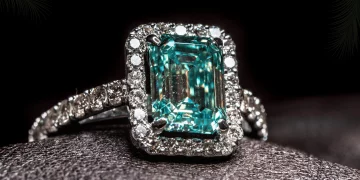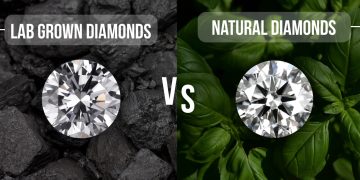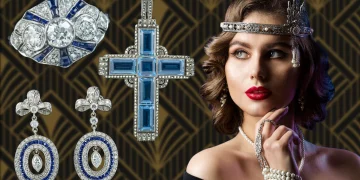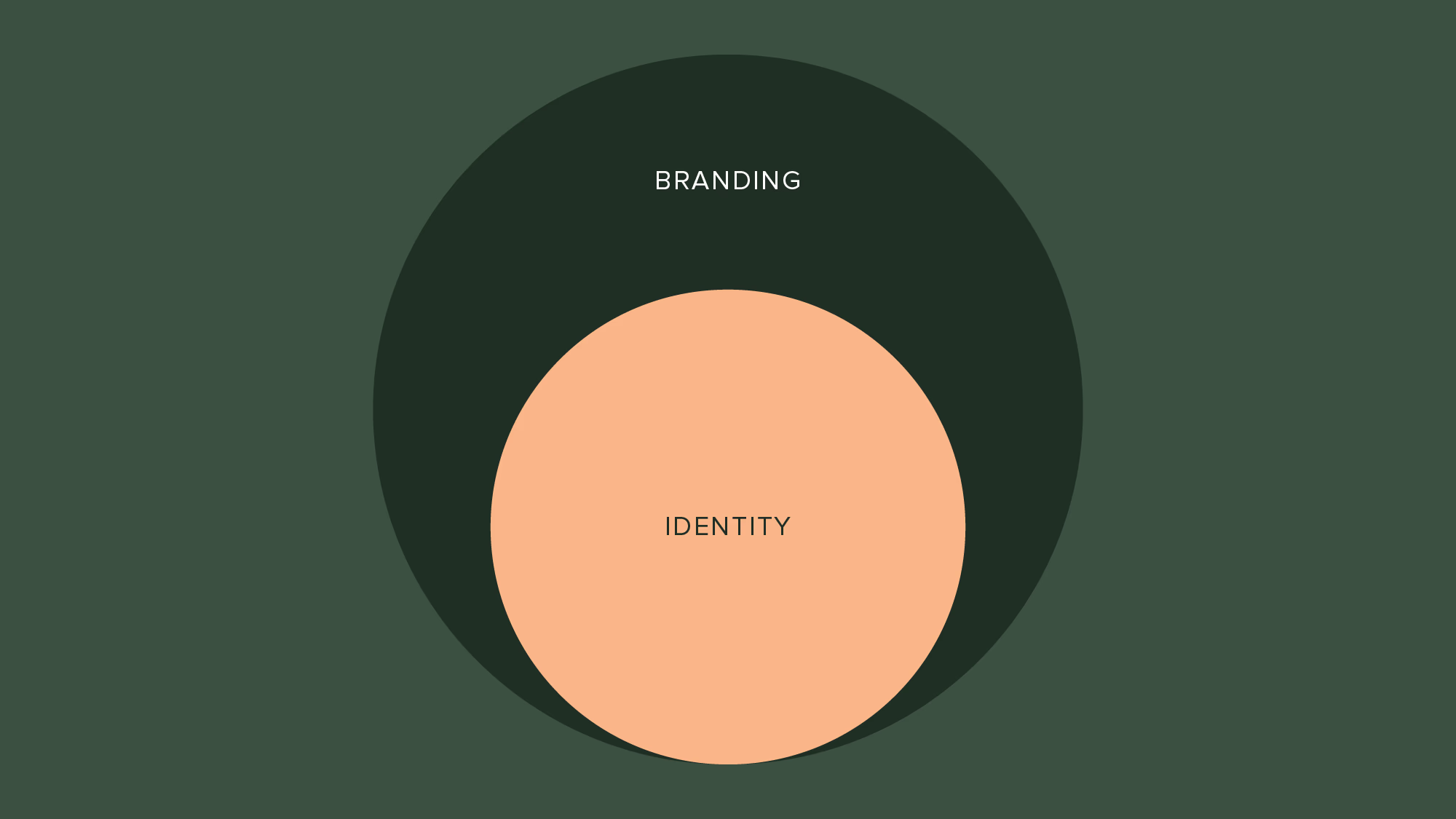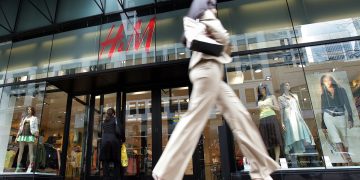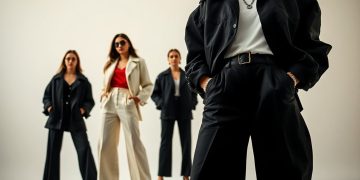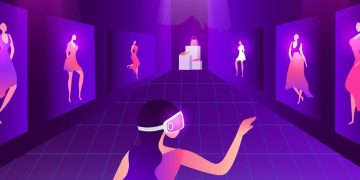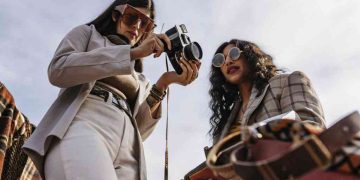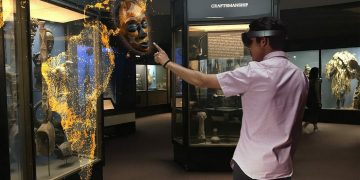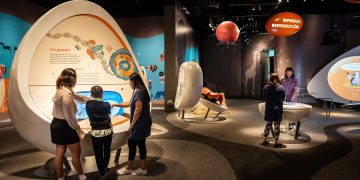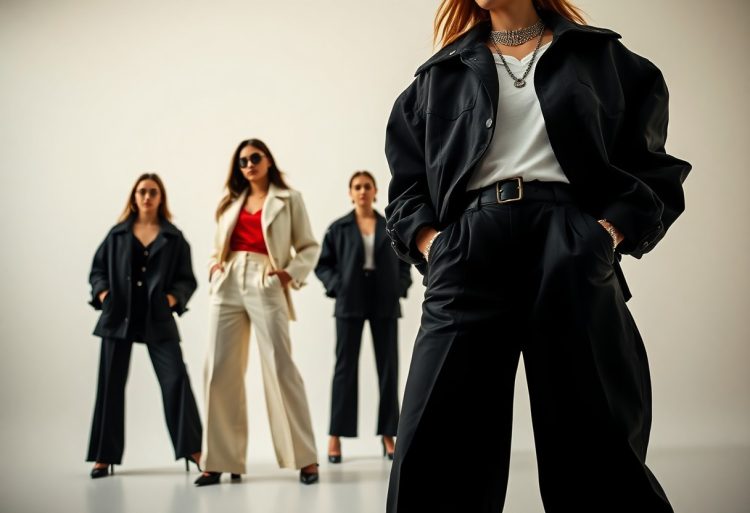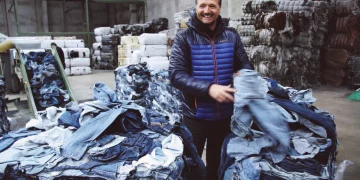The millennial shift into the 21st century—especially the turn of the millennium in 2000—was not just marked by a global fear of the Y2K bug. It was also an era that saw the rise of unique fashion trends, music, and cultural shifts that would define a generation. Now, decades later, Gen Z (born approximately between 1997 and 2012) has developed a surprising and profound obsession with Y2K fashion—a distinct aesthetic that draws inspiration from the early 2000s. This revival is not just a simple fashion trend; it’s a cultural reawakening, blending nostalgia with modern sensibilities. But what exactly is driving Gen Z’s obsession with this particular style?
In this article, we’ll explore the key factors behind the resurgence of Y2K fashion, the most iconic trends that have made a comeback, and how this nostalgia-driven phenomenon is reshaping the way we view style, identity, and the future of fashion.
The Influence of Nostalgia
The Role of Nostalgia in Fashion
The power of nostalgia is undeniable. It’s a well-documented phenomenon in psychology where individuals experience a deep yearning for past times, often idealized or romanticized. For Gen Z, the early 2000s are a distant yet accessible era that evokes feelings of curiosity and desire. But why this specific time period?
Unlike millennials, who experienced the early 2000s firsthand, Gen Z is nostalgic for a time they never lived through, making this revival feel even more surreal. Many of these young fashion enthusiasts were born just after the Y2K era, so their connection to this decade is based on curated content rather than personal memory. The revival of Y2K fashion is a way for them to explore a part of history they never experienced directly, much like how previous generations looked back to the ’60s or ’80s.
Social Media’s Role in Fostering Nostalgia
Social media platforms, particularly Instagram, TikTok, and Pinterest, have played a pivotal role in reviving the Y2K aesthetic. With its endless scroll of curated content, Gen Z is constantly exposed to images, videos, and memes celebrating early 2000s pop culture—ranging from iconic celebrities like Britney Spears and Paris Hilton to fashion moments from films like Clueless and Mean Girls. These platforms not only showcase the visual appeal of Y2K fashion but also allow younger generations to engage with the era in ways that feel both authentic and accessible.

Influence of Influencers and Celebrities
The resurgence of Y2K fashion can be largely credited to the influence of celebrities and social media influencers. Fashion icons like Bella Hadid, Kylie Jenner, and Dua Lipa have been seen sporting bold Y2K-inspired looks, making these trends not only aspirational but also widely accepted among their millions of followers. The accessibility of these trends is key, with influencers often sharing affordable alternatives or DIY takes on high-fashion Y2K aesthetics. This democratization of style is part of a larger cultural trend that places less importance on exclusivity and more emphasis on individuality and self-expression.
Key Characteristics of Y2K Fashion
Bold and Experimental Silhouettes
Y2K fashion was defined by its embrace of experimentation. Designers and everyday fashion enthusiasts alike played with silhouettes in ways that were unconventional for their time. Low-rise jeans, for example, were a bold deviation from the high-waisted looks that dominated the ’90s. The midriff was an exposed part of the body, often flaunted with cropped tops, tank tops, and belly chains. This sense of daring experimentation is something Gen Z has gravitated toward, particularly as they embrace body positivity and the freedom to express themselves unapologetically.
Vibrant Colors and Metallic Hues
The Y2K era was also known for its use of bright, bold colors—especially neon tones and metallics. From shimmering silver skirts to neon green accessories, the early 2000s were a time when clothes were meant to be noticed. The influence of rave culture and the burgeoning tech boom—coupled with the growing popularity of pop stars like Britney Spears and Christina Aguilera—made the glitzy, shiny, and electric aesthetic a dominant force in fashion.
For Gen Z, the nostalgia surrounding these electric colors is linked to the “fun” and “hyper-real” nature of the early internet, which was defined by its bold graphics, pixelated designs, and early HTML-style web pages. The use of vibrant hues in fashion, along with statement accessories like chunky jewelry, reflects Gen Z’s desire to reconnect with that bold digital age.
Logomania and Brand Loyalty
The Y2K era was characterized by its obsession with logos. Whether it was the large “Juicy” logo on velour tracksuits or the unmistakable “Louis Vuitton” monogram, brand identity became a huge part of the fashion landscape. In fact, Y2K fashion was often about wearing the brand rather than the clothing itself.
Gen Z’s interest in logos and branded clothing has resurfaced in recent years, with luxury streetwear and collaboration collections (like the Balenciaga x Adidas collab) dominating the fashion scene. However, Gen Z is also more critical of the corporate world, using logos in ways that reflect both a critique of consumerism and a way to display personal style.
Gender Fluidity in Fashion
Y2K fashion was also more androgynous than many realize, with both men and women wearing the same pieces. The use of baggy pants, oversized shirts, and skate-inspired footwear created a sense of freedom that transcended traditional gender norms. Fast forward to today, and Gen Z has reclaimed this gender-fluid aesthetic, with fashion that is less concerned with labels and more focused on how the clothing makes an individual feel. Y2K fashion’s gender-neutral cuts, playful styling, and blending of traditionally masculine and feminine items offer Gen Z a platform for greater self-expression.

The Impact of Y2K Fashion on Modern Fashion Culture
Sustainability and Second-Hand Shopping
In the age of fast fashion, Gen Z is more attuned to the environmental impact of their shopping habits than previous generations. As a result, they are increasingly turning to second-hand shopping as a way to score vintage Y2K pieces. Thrift stores, Depop, and Poshmark have seen a significant uptick in sales, as Gen Z seeks out the once-vilified “cheugy” style of the early 2000s to give it new life.
Not only does this trend promote sustainability, but it also reinforces the cyclical nature of fashion. The old adage “everything old is new again” has never been truer, and by reworking vintage Y2K looks into modern outfits, Gen Z is contributing to a more sustainable and less wasteful fashion industry.
Mixing High and Low Fashion
Another key characteristic of Y2K fashion is the blending of high and low fashion, with designer items mixed in with affordable fast-fashion pieces. Gen Z has taken this to the next level by embracing the concept of “high-low” dressing. They may pair a luxury handbag with thrifted jeans or combine a designer blazer with a vintage graphic tee. This mash-up of styles is not just about showcasing wealth or exclusivity; it’s about showcasing personality, creativity, and a disregard for traditional fashion hierarchies.
Y2K Fashion in Pop Culture
Y2K fashion’s presence in pop culture was undeniable, and its influence continues to resonate today. From the rise of reality TV shows like The Simple Life (featuring Paris Hilton and Nicole Richie) to iconic music videos like Britney Spears’ “Toxic” and Beyoncé’s “Crazy in Love,” the early 2000s were a time when fashion and celebrity collided in an explosive way.
Today, Y2K-inspired fashion finds a home in popular TV shows and movies, with contemporary reboots and original content adopting retro styling cues. Shows like Euphoria (which has embraced Y2K makeup and fashion in its portrayal of Gen Z culture) have played a significant role in bringing the aesthetic back into the mainstream.
Conclusion: The Enduring Appeal of Y2K Fashion
In conclusion, the obsession with Y2K fashion among Gen Z is not a fleeting trend but rather a cultural phenomenon shaped by nostalgia, the power of social media, and an ever-evolving understanding of self-expression. Y2K fashion represents a rebellion against the established norms of the past, as well as a desire to experiment with style and identity. From bright neon colors and low-rise jeans to gender-fluid styling and vintage shopping, this resurgence taps into both the desire for the bold and the need for individuality. For Gen Z, it’s not just about looking to the past—it’s about reimagining it for the present and future.


